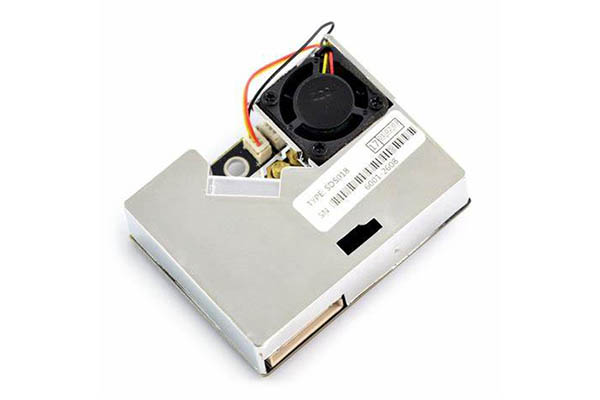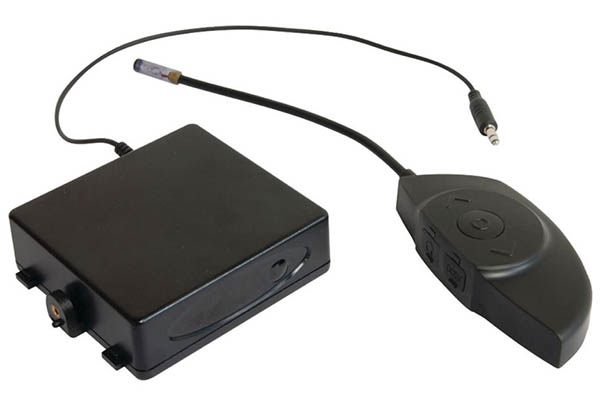Dust storms, which encompass sandstorms and dust storms, are common in arid regions and indicate desertification. These hazardous weather phenomena result from the interaction between wind and sand particles. They are closely related to factors such as the Earth’s greenhouse effect, El Niño events, deforestation, vegetation destruction, species extinction, and climate anomalies. Human activities, including excessive exploitation of natural resources, overlogging, and excessive land development, are among the main causes of frequent dust storms.
Impact of Dust Storms:
Dust storms significantly affect the northwestern and northern regions of China, leading to a significant increase in PM10 concentrations in Beijing. Most areas experience visibility of less than 1000 meters, prompting the city to issue a yellow alert for dust storms. The high PM10 pollution levels in Beijing during these events have been relatively rare in history. Beijing is located downstream of the dust and sand weather systems, so it experiences severe PM10 pollution and intense dust storm conditions.
Monitoring Dust Storms:
With the continuous advancement of scientific and technological capabilities, advanced techniques such as remote sensing and geographic information systems have been applied to monitor dust storms. Satellite remote sensing technology, in particular, enables large-scale and multi-temporal monitoring of dust storms. Currently, dust storm monitoring primarily relies on ground-based monitoring and remote sensing techniques. However, with the development of sensor technology, laser particle sensors can provide the basis for dust storm monitoring, alerting, and forecasting.
Laser Sensor For PM2.5 Dust Storm Monitoring
The current laser particle sensors mainly focus on indoor applications for particles with diameters below 2.5 micrometers. To account for lifespan and noise concerns, most sensors employ a simple cutting mechanism internally, with a low-speed internal fan used to prevent larger particles (e.g., above 10 micrometers) from contaminating the optical path and affecting the sensor’s lifespan. However, the particles involved in dust storms are relatively large, and conventional laser sensors tend to lose a significant portion of data when measuring larger particles (above 2.5 micrometers). Therefore, the recommended laser dust sensor for such applications is the PM2.5 – DL0001 sensor, available on the industrial procurement website.
The PM2.5 – DL0001 Laser Dust Sensor:
The PM2.5 – DL0001 dust sensor is a digital universal particle concentration sensor based on the principle of laser scattering. It can detect the concentration of suspended particles of various sizes, including PM2.5, in the air.
The sensor utilizes a laser diode as the light source, which emits light onto the suspended particles in the air, causing scattering. Simultaneously, an optical detector collects the scattered light. The collected scattered light generates electrical current signals through the photoelectric effect.
After amplification and processing by the circuit, the particle concentration value is obtained, converted into mass concentration (μg/m3) using a microprocessor-based algorithm based on Mie theory, and outputted through a universal digital interface.
It is worth noting that outdoor wind speeds are generally high during dust storm conditions, and the low air pressure generated by the internal fan of the laser particle sensor is not conducive to accurate measurements. Therefore, PM2.5 data during dust storm weather conditions may be influenced accordingly.
Conclusion:
While traditional ground-based and remote sensing techniques have been instrumental, the development of laser particle sensors offers the potential for improved monitoring, alarming, and forecasting capabilities.
The PM2.5 – DL0001 laser dust sensor demonstrates its effectiveness in detecting the concentration of suspended particles, including PM2.5, in the air. Continued advancements in sensor technology and data analysis techniques will further enhance our ability to monitor and respond to dust storms, ultimately contributing to better preparedness and mitigation strategies.




